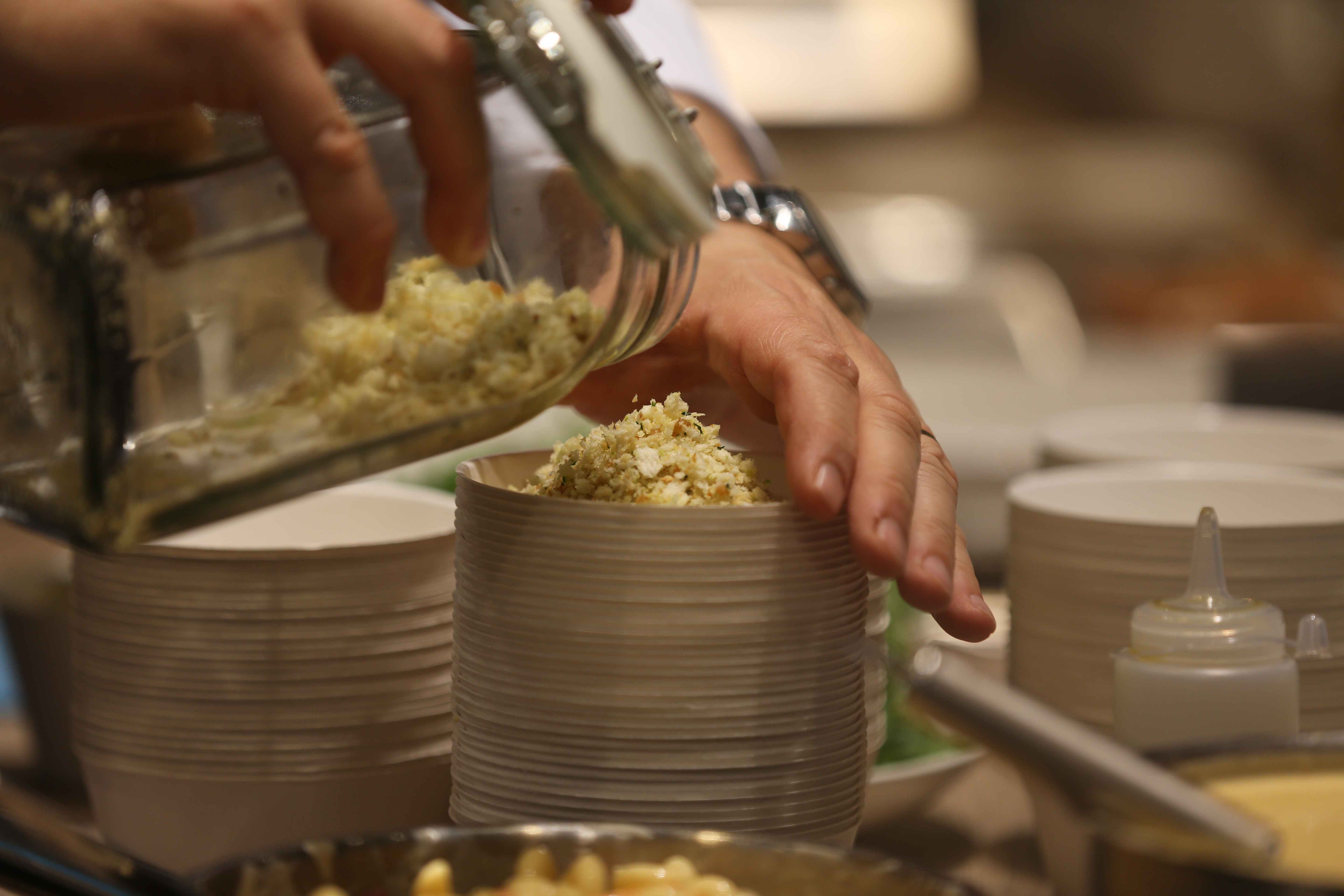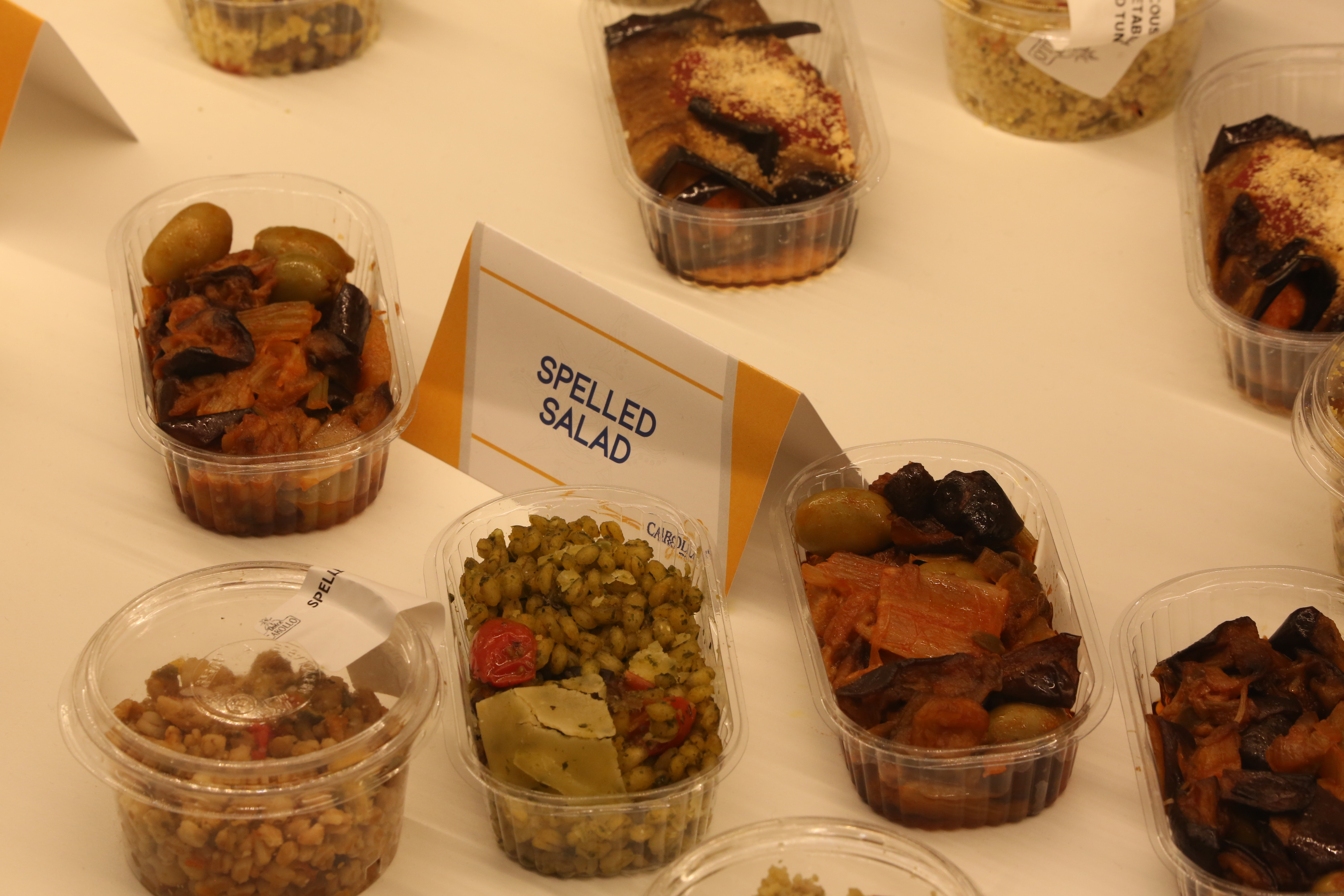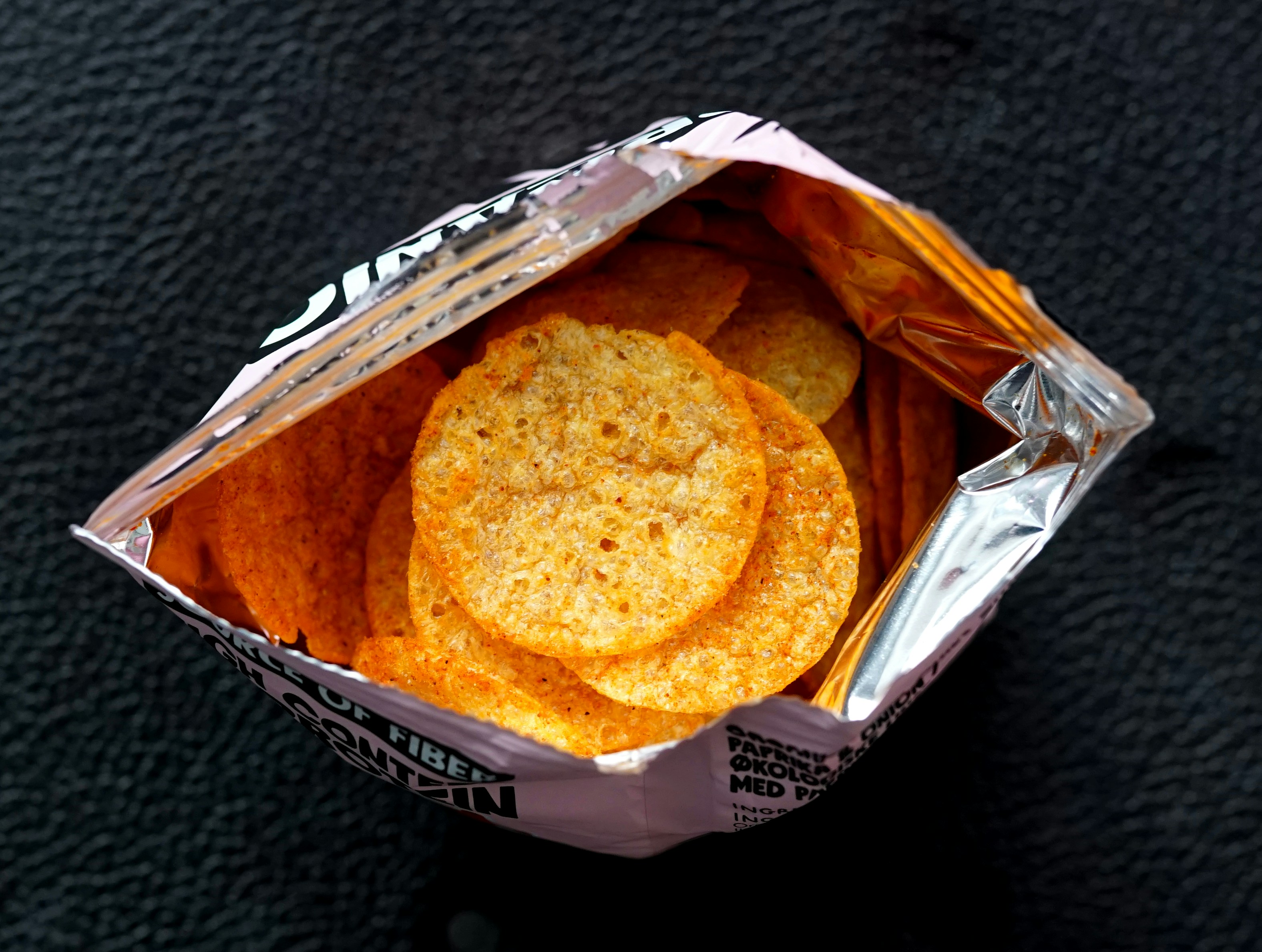
WTCE Ambassador – Travel Nutrition, Melissa Adamski
APD BSc MND
http://www.nuttedoutnutrition.com.au
Food is a pivotal part of travel. Personally, I’m excited when I get on a plane to see the menu and choose which meal to have while I sit back and enjoy a book or movie. However, this enjoyment can quickly evaporate if served a poor-quality meal. I know what you’re thinking, as a dietitian I have different expectations to other passengers – don’t worry I quite enjoy a bag of crisps on a flight occasionally too.
Though it’s assumed the ‘healthiness’ of foods is not first on passengers’ agendas when choosing what to eat when flying. But is this the case? Or are passenger food preferences changing?
Recent industry reports into passenger food preferences outline the growing interest in healthy eating in the air. The 2023 Passenger Experience report by En Route International highlights several key trends in passenger food solutions.
These include interest in holistic wellness, the use of high-quality ingredients and the changing dietary requirements of passengers (driven by a growing awareness of the link between diet and health). WTCE’s 2023 article on evolving passenger food preferences highlights 70% of consumers want to be healthier and half of these consider healthy eating as a top priority.
But do people actually want healthy food in the air?
While the trends seem clear and align with a general growing interest in food and nutrition, the picture gets a little confusing regarding what passengers actually want (and choose) to eat in the air. There seems to be a real dichotomy regarding serving healthy food on planes. On one hand, people say they want to eat healthy food, but on the other hand conversations within the travel industry suggest once people are onboard, they want comfort style foods with health considerations going out the window.

Published research conducted with passengers in regard to what they eat on flights is starting to provide insight into passenger food preferences and behaviours. One study published in 2020 explored how travellers manage jet lag, with 26% of passengers indicating they ate healthy foods during a flight, while 30% ate lighter or heavier meals during a flight (Bin, YS et al, 2020).
Interestingly, research into food intakes when flying highlighted passengers had more positive responses to food when larger meals were eaten and when they were able to be guided by appetite rather than having no choice (Waterhouse, J et al, 2006). There have also been studies exploring how onboard food affects passenger’s airline selections, suggesting food quality plays a role (Abbas, T et al, 2015), (Aleksić, M et al, 2022).
So if passengers are interested in ‘healthy’ foods – what is healthy?
Healthy food is more than just calories
First of all – what is healthy food? There is no one list of healthy/unhealthy foods. In fact, nutrition professionals have tried to move away from creating good/bad food lists and like to talk about food in terms of nutrient density and our overall dietary patterns. The World Health Organisation considers healthy diets as ones including a range of fruits, vegetables (including colourful vegetables), nuts, wholegrains and legumes; limiting intake of free sugars, salt and saturated fats, and avoiding industry produced trans fats.
Many people think healthy food is about macronutrients such as carbohydrates and proteins. But there is more to food than just macronutrients, such as fibres, vitamins, and minerals (micronutrients), and a range of antioxidants and other bioactives, which all also contribute to the health properties of foods. And while these are important components of healthy foods, it isn’t the whole story.

This is because we don’t just eat nutrients – we eat food. And there is more to food than nutrients. The food matrix, cooking and processing methods, taste, quality, enjoyment of food and our dietary patterns are also important. Taking this more holistic view of foods provides an opportunity for the travel industry to innovate to provide nutritious meals that align with all passengers’ food desires on board.
Reframing healthy food to appeal to all passengers
Healthy food does not mean tasteless, bland food. Unfortunately, this is the image healthy food conjures up thanks to decades of influence from the dieting and weight loss industry, which for many years stripped out taste along with calories. However, a healthy meal does not mean it is less enjoyable. In fact, nutritious healthy meals can be delicious. Yet this may be a difficult message to sell with suggestions people may have a bias against healthy food.
Interesting research has explored people’s food choices with taste attributes or health attributes of vegetables emphasised (Turnwald, BP et al 2019). The research highlighted people were more likely to eat vegetables and enjoy them, and in some cases even eat more, when the taste attributes were highlighted instead of health attributes. This is an interesting concept which may assist caterers and airlines to position nutritious foods onboard that appeal to all passengers.
Is wanting a healthy meal a special meal requirement?
While many passengers have specific dietary requirements for medical, cultural, ethical or age reasons, there are passengers taking an interest in diet and nutrition principles and using these to help guide their food choices. These passengers don’t necessarily need a special meal due to dangers of consuming certain foods/ingredients but may turn to the special meals menu to try and find a meal that aligns with their food preferences. Instead of pushing more people to the special meals menu, making the lists potentially more complex and adding even more dietary codes, there may be a middle ground.

The recently published updated QSAI special meal guidelines (2023) include a new category of special meal called ‘balanced meal’. This is an amalgamation of previous categories including the diabetic meal, low salt meal and low-fat meal. There are several principles of the new balanced meal category that align with general healthy eating principles that we should be following every day, regardless of travel such as following the plate model (1/2 plate vegetables, ¼ plate grains/high fibre carbohydrates, ¼ proteins) and limiting sodium, added sugars and saturated/trans fats in a meal.
The balanced meal category provides restrictions on a range of ingredients such as white pasta, white rice, whole milk products, butter, sour cream, processed meats, high GI fruits such as watermelon, ultra-processed foods high in trans fats such as cookies, doughnuts etc to meet the strict requirements of the amalgamated special meal categories. While these restrictions are necessary to meet the strict definition of the three amalgamated categories, nutritious meals don’t necessarily require such strict standards.
In fact, meals can still be healthy and nutritious even if they include some of the restricted ingredients. This category is a great start for airlines and caterers considering ways of providing healthier, more nutritious meals onboard. The foods listed in the acceptable category provide a starting point for building meals based more on wholegrains, flavouring with spices and herbs instead of so much salt, becoming more creative with leaner proteins and plant proteins etc. It could be considered a meal development blueprint to innovate and get creative.
So no, nutritious food does not need to be a special meal – tweaks and nudges can be made to existing meals, even comfort style meals, making them more nutritious but still delivering on the expectation of passengers.

Is it the responsibility of airlines to serve healthier food?
It is not the responsibility of airlines or the wider travel industry to serve healthy food to make people eat better or be healthier. However, when travelling (especially on planes and trains) food choices are mostly taken out of a passenger’s control being either extremely limited in choice, or even offering no choice at all. With passenger interest in healthy food growing, having nutritious options available is important for the travel industry to consider.
Supplying food to passengers when flying has unique challenges for the food and catering industry, from logistical through to sensory attributes at altitude. It is not easy to cater the thousands of flights taking off each day. Airlines and caterers continue to achieve amazing feats through advances in food science and technology to overcome these challenges on such a large scale. Ultra-processed foods are becoming more common in people’s diets with recent reports suggesting in the US nearly 58% of calories now come from ultra-processed foods (Martínez Steele, E et al, 2016).
Ultra-processed foods are generally considered to be convenient, cheap, and highly palatable, with long shelf lives. This is achieved through mass production using ingredients extracted from foods (such as modified starches etc), and additives such as flavours, emulsifiers etc. Ultra-processed foods have recently been in the spotlight with regular consumption linked to negative impacts on health (Chang, K et al, 2023), (Rauber, F et al 2020 May). The relationship to health is complex and not clear cut, with debate on which types of ultra-processed foods have an impact. Even with this debate though, reducing consumption of ‘junk-type’ ultra-processed foods is considered important for health.
This is where the airline and catering industries can make small, yet important contributions to the fight against diet-related diseases while also meeting catering and business objectives. Offering choice and reducing reliability on ultra-processed foods where possible can help meet passenger expectations around food and health, along with having important impacts on crucial industry issues such as food waste and sustainability, food allergy cross contamination confusion, and even airline meal reputations.
Looking ahead
The opportunity for nutrition innovation is exciting and timely. With airline food usually getting a bad rap, now is the time for more targeted research, including real-life food behavioural studies in the air that extend further than industry trends. Implementation of nutrition as a pillar of meal development will provide strategy guidance to meet both passenger expectations and a commercially sustainable catering policy. Wellness, nutritious food, special diets, and good quality meals with an emphasis on taste, are some of the many trends relating to healthy eating.
Whatever the trend, the general interest from passengers seems to be building. Providing passengers with nutritious meals they enjoy, that taste amazing, can help satisfy them and meet their expectations is a benefit to all airlines.

